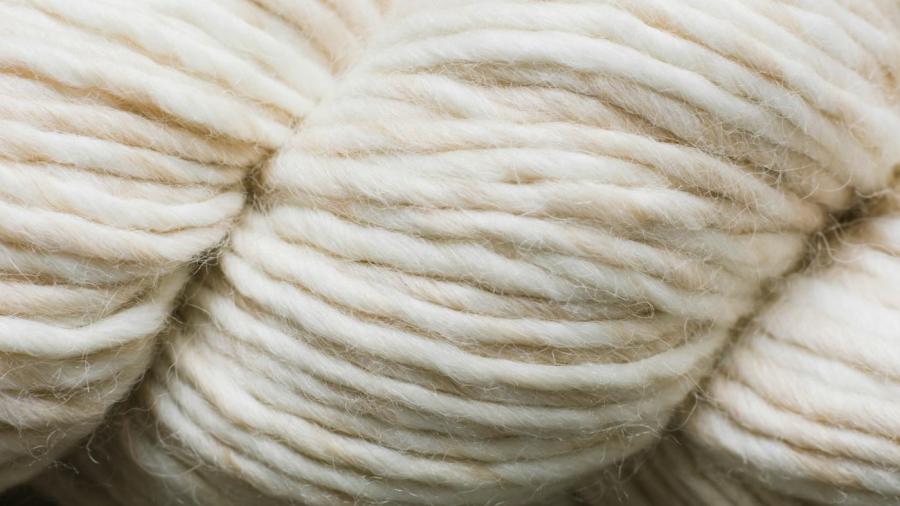What Are Natural Fibers?

Natural fibers are those that come from a plant, animal or mineral source. Cotton and linen are examples of plant fibers, while silk and wool come from animal sources. Asbestos is a natural mineral fiber.
Archaeological evidence points to humans using natural fibers before written history. Hemp was the first plant fiber used in southwest Asia as early as 4500 B.C. The Egyptians had learned spinning and weaving using linen by 3400 B.C, and India was using cotton by 3000 B.C. The silkworm provided the natural fibers that the Chinese people used to spin silk, and evidence points to them developing the process by 2640 B.C.
Plants provide many sources for fiber, including leaves, stems, seed hairs and husk fibers. Leaves provide the fibers for sisal, while stems are the basis for hemp and linen cloth. The husks of coconuts provide short fibers that are often used as padding in upholstery, especially in automobiles. However, the very fine seed hairs of the cotton plant provide the most widely used of all natural fibers: cotton.
Animal fibers are protein-based. Most, with the exception of silk, come from the hair or fur of an animal. Wool comes from the hair of sheep, alpacas and rabbits. In Mongolia, camels provide the hair used for very soft camel-hair fabric.





